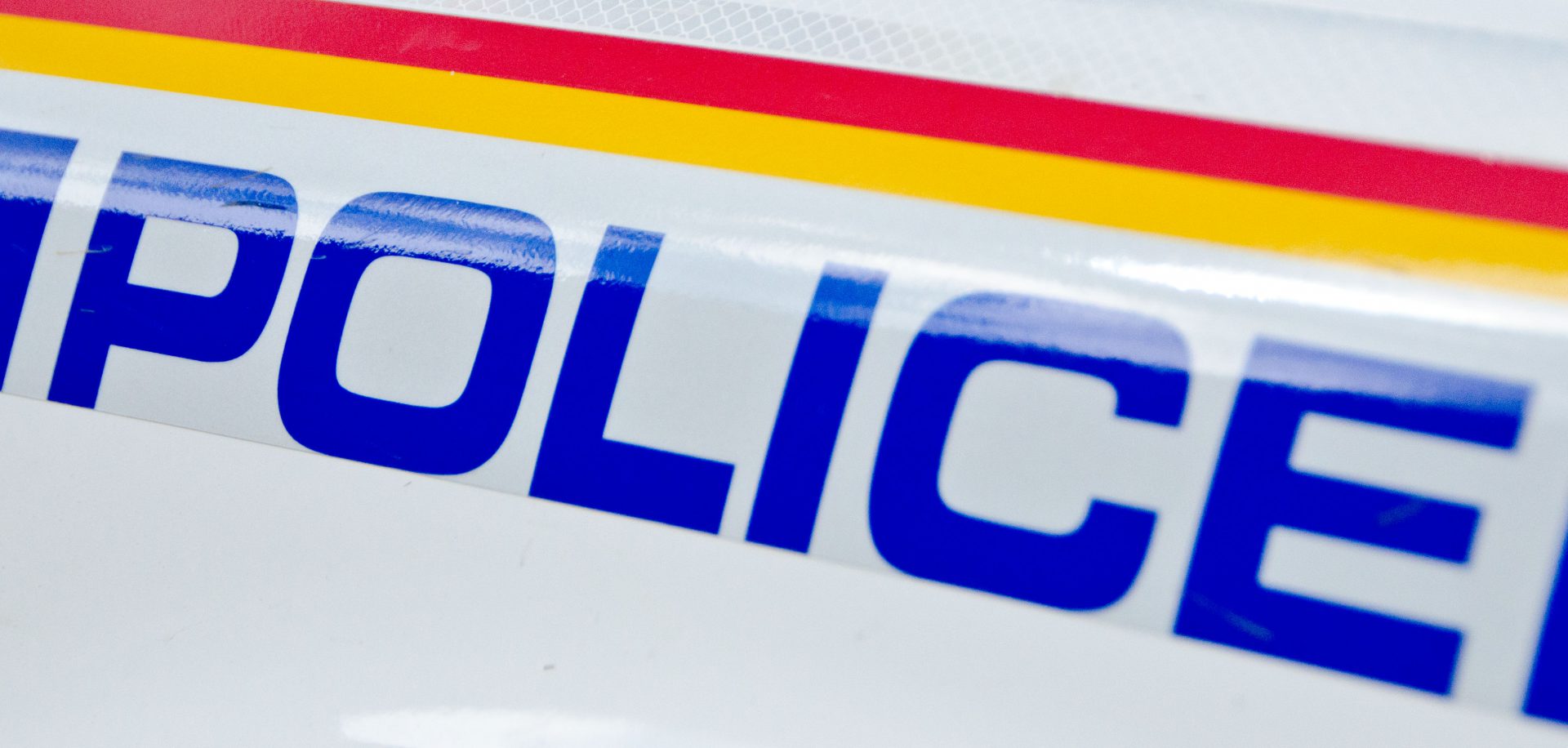Human Rights Watch (HRW) has delivered their findings on police treatment of Indigenous Women in Saskatchewan along with recommendations for the federal and provincial government as well as the RCMP and the Saskatchewan Police Service.
The findings are based on six weeks of fact-finding from January to July, 2016, along with interviews and correspondence with police authorities and complaint mechanisms from August, 2016 to January of this year
HRW researchers interviewed 64 Indigenous women and social service providers in:
- Prince Albert
- Regina
- Saskatoon
- Rural communities in northern and central Saskatchewan
HRW says along with the history of residential schools, the Sixties Scoop and sex discrimination in the Indian Act, “more recent policing failures, and violent policing practices in the present, have continued to fuel Indigenous communities fear and resent of the police in many locations in Canada.”
According to the report, Indigenous women told HRW they were hesitant to call police due to lack of trust, fear of being harassed or fear of violence. In Saskatchewan, HRW documented 64 alleged cases of of abuse against indigenous women from police, including:
- Excessive use of force
- Invasive body and strip searches by male officers
- Sexual harassment during searches
In a statement, the Assistant Commissioner Curtis Zablocki, Commanding Officer of the Saskatchewan RCMP says, “this report indicates that the relationship between the police and indigenous communities is deeply fractured. In my time here as the Commanding Officer, I can tell you this is not the case.”
He goes on to add that, “positive relationships are the norm and continuing to build and grow with our Aboriginal communities is a priority for the RCMP in Saskatchewan. Our focus is to ensure that we create understanding and trust with all people and communities we serve.”
Some excessive use of force complaints surround accounts of policing of public intoxication. HRW documented at least six incidents where this was the case. Including one woman who told HRW that in 2013 police officers slammed her head on the sidewalk during an arrest, leaving her with a broken nose and two black eyes in Regina.
HRW documents eight incidents where Indigenous women said male officers ordered and conducted body and strip searches, they add it unclear whether or not it is due to female staff shortages and to what extent this played a role. One women reported she was touched inappropriately and sexually harassed as she was filing a domestic violence report against her partner in Saskatoon in 2013.
In response, Commanding Officer Zablocki says “as police officers, we have the authority to place people under arrest, search them, and detain them. These are high risk activities. This is not something we take lightly and we know and understand the impact this can have on people.”
He adds,”it is important we do everything we can to preserve a persons privacy and dignity while in our custody, at the same time ensuring the safety of the subject, other detainees, and police officers involved. To further strengthen this expectation, we made changes last August to our Personal Search Policy in order to ensure all appropriate steps are taken to preserve a persons privacy and dignity.”
Commanding Officer Zablocki added that as of April, 2017 19.4% of officers are female.
The report also included a section on police failure to protect Indigenous women against violence. Stating that among the provinces, Saskatchewan and Manitoba have the highest rate of police reported crime, including rates of violence against women. The report says “when women choose not to report crimes because of their mistrust of the police, this perpetuates impunity for perpetrators of violence against Indigenous women.” They add that Indigenous women reporting violence are often met with “skepticism and victim blaming, and that police often arrest victims of abuse for actions taken in self-defense.”
HRW says that the lack of accountability makes tensions worse between police and indigenous communities. In Saskatchewan there are two bodies that handle complaints against the police. The Public Complaints Commission for police and the Civilian Review and Complaints Commission for the RCMP. HRW says that throughout the province there is lack of trust and fear of retaliation from Indigenous women. The report adds that for the women they spoke to that did report crimes, they allege that they did experience “retaliatory harassment.”
The reports goes on to say that there is a lack of data regarding how often these alleged incidents occur against Indigenous women and that there is no standardized mandate of ethnicity-data collection.
“Human Rights Watch believes that police forces across Canada should collect and report ethnicity- and gender-disaggregated data collection on victims of crime and on complaints of police misconduct, with their voluntary participation, as a means of tackling systemic racism in policing institutions.”
The goal of this investigation according to Human Rights Watch is to “provide and account of police treatment of Indigenous women in Saskatchewan that is grounded in their live experiences.”
Recommendations for the Saskatchewan Police Service and the RCMP include:
- Expand officer training to include Indigenous history, colonial abuses and human rights policing standards.
- Improve training for de-escalation tactics that are specific to police interactions with Indigenous peoples.
- Ensure timely, thorough and respectful police responses to allegations of violence against aboriginal women.
- End body searches (frisks) of women by male police officers, except for extraordinary circumstances. End all strip searches of women by male polices officers. Make sure that women are only asked to remove their bras in exceptional circumstances.
- Make sure there is enough female offices to do searches and participate and supervise interrogations of females.
- Ensure policing protocols are clear when it comes to intimate partner violence, making sure to avoid dual charges against the victim and the accused.
- Collect data separated by race and gender, that includes reports on violence against Indigenous women, use of force, police stops and searches and make this information publicly available.
Commanding Officer Zoblacki says that cadets receive cultural sensitivity training, human rights, and gender diversity training. He adds that they have “developed an Aboriginal and First Nations Perceptions training program specific to the local communities we serve.”
He adds that, “the RCMP are engaged with Indigenous communities at all levels, from our local detachments, to our District management to our senior managers. I have an Aboriginal Advisory Committee consisting of Elders from across our First Nations Communities. Through regular meetings, these advisors provide myself and senior management with guidance, feedback and support as we collaboratively go about identifying and developing ways to enhance trust and community safety.”
In conclusion he says that he is, “a firm believer that community safety begins with strong relationships. Across the Province we continue to work to build trust and strengthen our relationships with indigenous people. I truly value these relationships as do to the dedicated men and women of the RCMP who live and work in these communities.”




